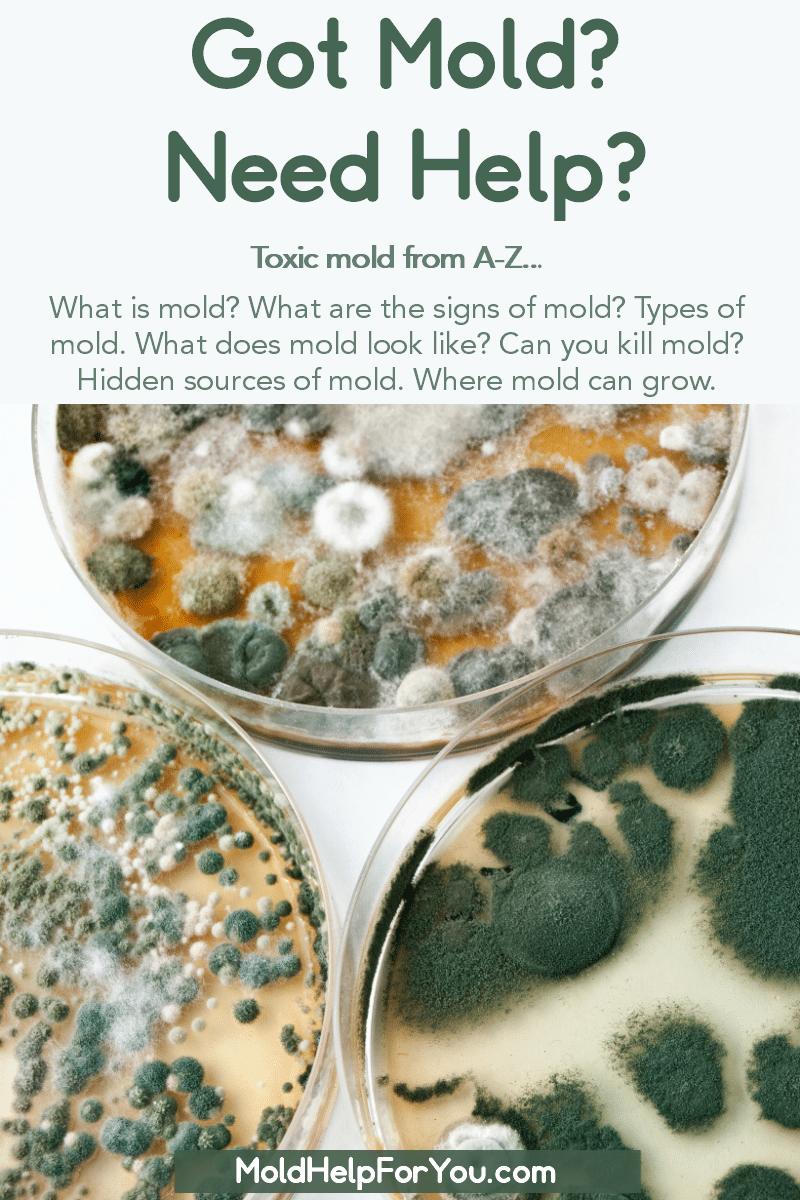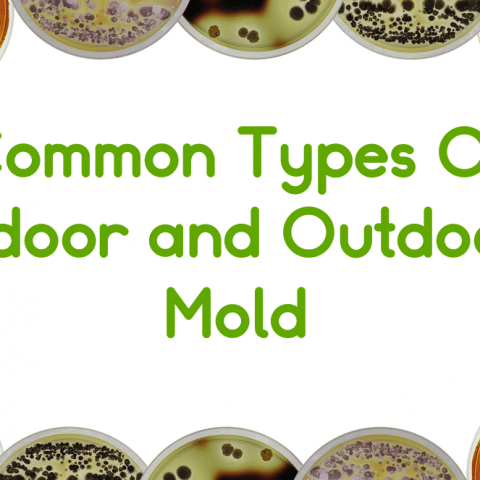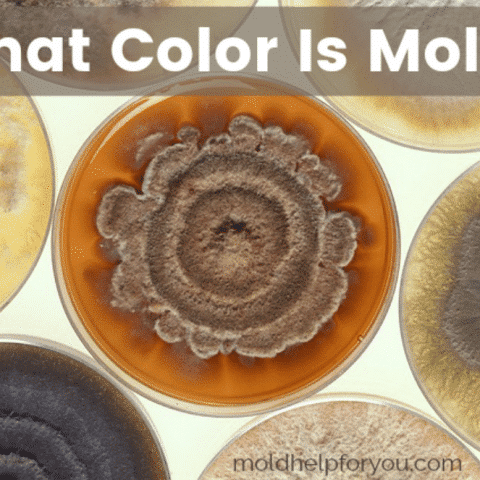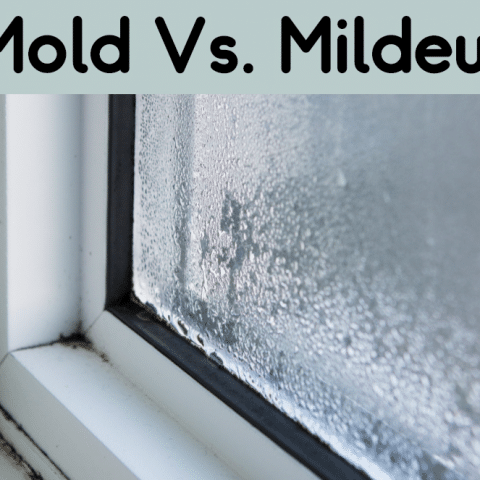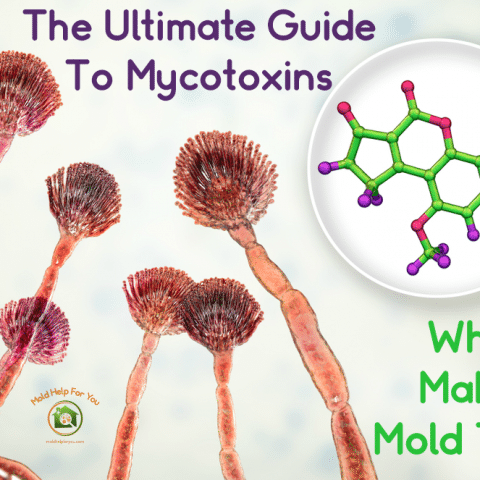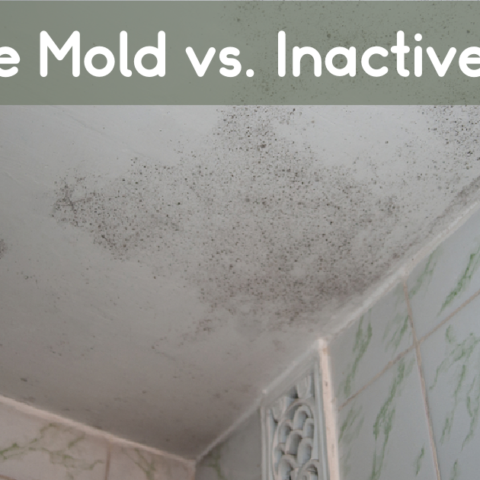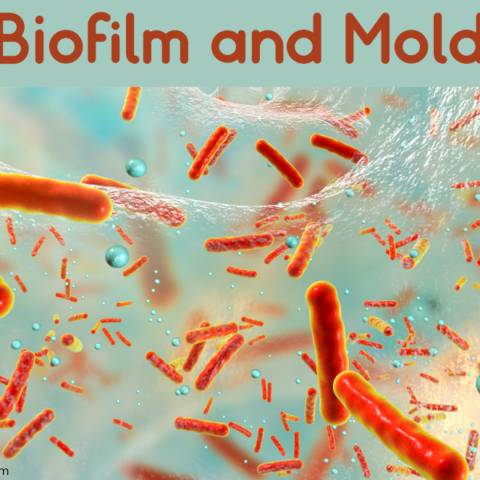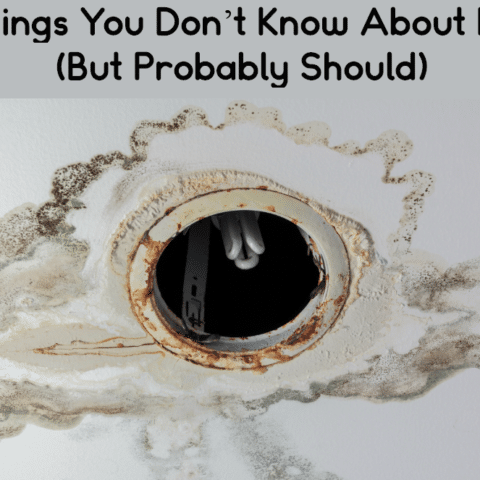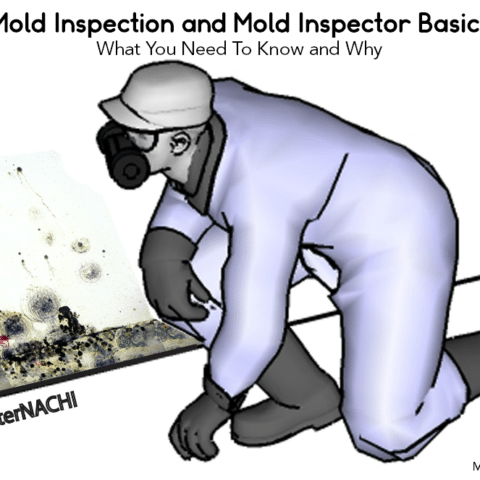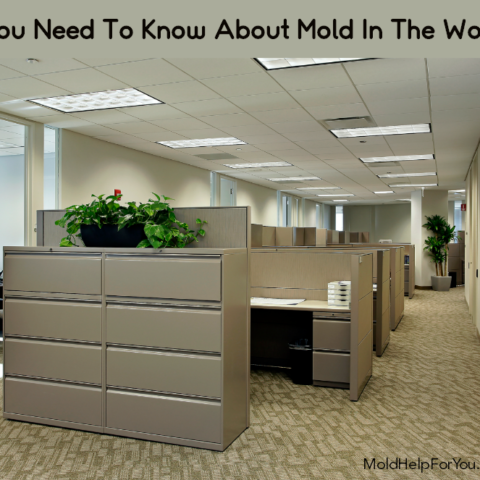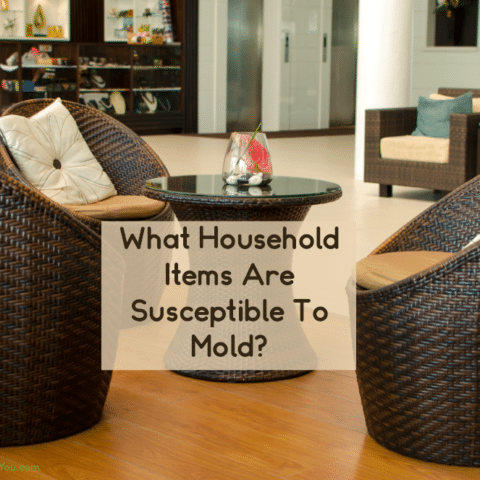There is a lot of information about mold and it makes it difficult for most everyone to figure out what is accurate and well researched, what is complete misinformation, and what is well-intentioned but highly inaccurate information.
The topic of mold then becomes one that is highly misunderstood making it difficult for people to decide what to do if they have mold or suspect they are being exposed to mold.
My goal is to provide you with well researched, accurate information about the basics of mold. This will then arm you with the information you need to properly test for mold, remove mold, and prevent mold as well as deal with water intrusion issues such as water leaks and usually high levels of moisture with no apparent source.
Read on for more mold facts and basic mold information or click a heading below to jump straight to that section.
What Is Mold?
Is mold a fungus? Is mold a bacteria?
Molds are organisms that are found indoors and outdoors. They are part of the natural environment and play an important role in our ecological system by breaking down and digesting organic material.
Molds are part of the kingdom Fungi. Fungi are not animals or plants and instead belong to a kingdom of their own. Mold is the fungi that begins to grow on the surface of something and then root deeper.
Molds do not make their own food the way plants do. Molds get nourishment mainly from other living organisms although they can live on many types of inorganic matter. The main role of molds in the ecosystem is to break down dead organic matter such as fallen leaves, trees, insects, and animal carcasses. They do this by excreting enzymes into the environment that degrade dead material.
It is these same enzyme that assist mold in damaging wooden components of buildings, food, stored goods, and other building materials.
A lot of people mistake mold for a bacteria. Molds are not a bacteria and are exclusively a fungus.
How Does Mold Grow?
Molds are made of up of masses of thread-like cells called hyphae. Under the appropriate conditions, the hyphae will grow into long intertwining strings that form the main body of the mold, also know as the mycelium.
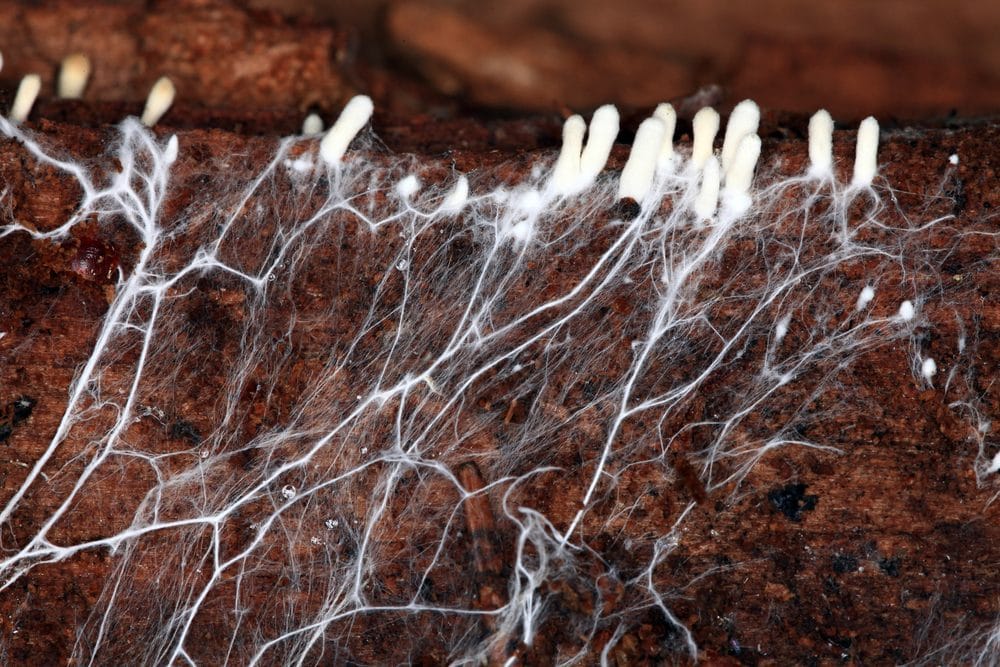
Molds reproduce via seed-like spores present in the air and soil. However, molds can also spread if a fragment of broken hyphae is transplanted to an area with adequate moisture and organic matter for food. Spores (located on the hyphae) are produced in large numbers.
Mold typically spreads via tiny spores through the air. When a spore lands on a surface that is moist and has material that can be used for food, it germinates and begins to grow.
Hyphae grow out of these spores. Some will grow up to the air where they can then be blown by the wind and spread to new areas.
What Does Mold Need To Grow?
Aside from mold spores to kick things off, mold needs two main things to grow. Moisture and Food.
Moisture
Mold needs the correct amount of surface moisture and sustained relative humidity of 50% to 80%, depending on the specific type of mold.
Food
Mold needs an organic source of food such as wood, fabric, leather, gypsum, fireboard, drywall, stucco, insulation material, ceiling tiles, paint, jet fuel, glass, stainless steel, textiles, dirt, dust, paper adhesives, etc…
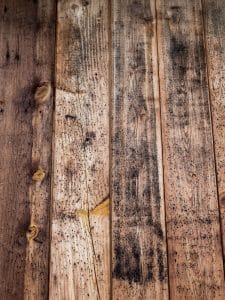
What about mold on non-organic sources?
Mold found on these surfaces is living off organic debris such as dust, oil films, dirt, skin cells, etc, deposited on the surface.
What else does mold need to grow?
Mold also likes darkness but it can grow in well-lit areas like a bathroom shower. Mold needs some warmth. It won’t grow in freezing temperatures. Most molds need temperatures of 40 degrees Fahrenheit or more to grow. Mold also needs some oxygen.
What about biofilm and mold?
That’s a biggie. Head over to my post on Biofilm and Mold for detailed information about that relationship.
How long does it take mold to grow?
While it depends on the species of mold, typically mold will start growing immediately after spores are attached to an item. Mold can easily grow within 24 to 48 hours of coming into contact with a moisture source and it will begin to colonize in 1 to 12 days.
However, mold has been known to grow before the 24 hour mark in areas with very high humidity. It can also take longer than 48 hours to grow in cases with a slow leak or steady amount of moisture that dries quickly and then returns. A leak under the sink that only occurs when the faucet is turned on might be an example of this.
Why So Much Mold These Days?
New construction methods and materials were developed to comply with Title 24 of the United States Code of Federal Regulations (1978) focusing on energy conservation. The new building methods and construction materials do not allow buildings to ventilate or breathe as freely as before. New homes that are sealed up as tightly as possible are now giant petri dishes as air has no where to go.
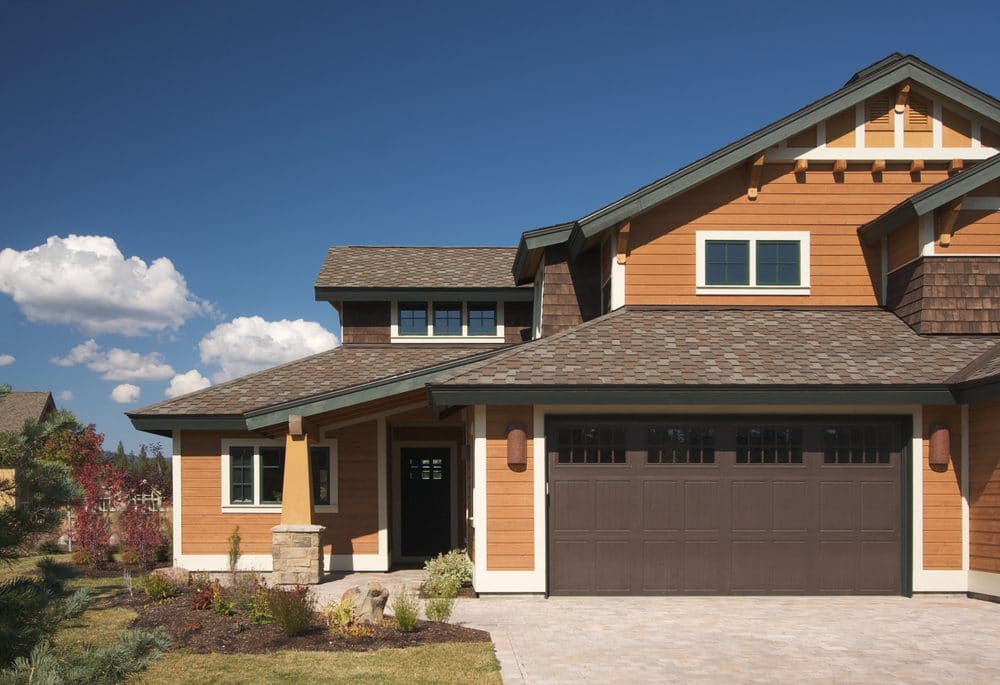
The result is that moisture can become trapped, providing the basis for mold growth. When a house is built on a concrete slab, the concrete emits moisture depending upon surrounding conditions. Concrete slabs are porous, allowing moisture present in the soil beneath the slab to migrate into the living area above. Even homes in dry areas like Arizona can develop mold problems in wall cavities and crawl spaces caused by temperature and humidity differences.
There are some mold resistant building materials available and likely more will be introduced in the coming years.
Types of Mold
No one really knows how many species of mold exist. Scientists know of over 100,000 types of mold but guess that there are possibly over 300,000 types of mold.
Molds are typically categorized by color or by one of three hazard classes based on associated health risks.
Hazard Class A – Toxic Molds
These are the molds that produce mycotoxins which in short are poisonous chemicals that are highly dangerous to humans and animals. Toxic molds intentionally harm other living things as a means of survival or when they feel threatened.
Hazard Class B – Allergenic Molds
These molds may affect people who have certain allergies or asthma. They possibly can cause an allergic reaction in individuals without allergies if exposed for a long period of time.
Hazard Class C – Pathogenic Molds
Typically, these molds only cause economic damage but they are capable of causing certain health issues. These opportunistic pathogens most commonly attack people with a suppressed immune system. Infants and the elderly are at the greatest risk.
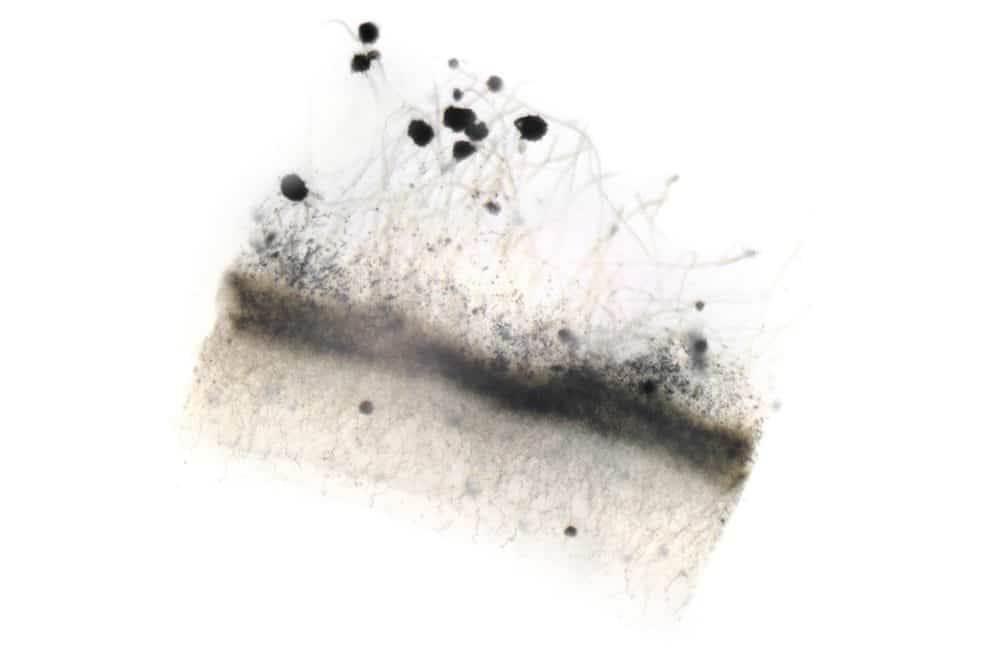
The most well known and common types of mold are:
- Aspergillus
- Chaetomium
- Cladosporium
- Fusarium
- Penicillium
- Stachybotrys
- Trichoderma
What Color Is Mold?
Mold grows in many colors. In fact, if you lined the various molds up side by side you would have a rainbow of mold. Most people are familiar with black mold, green mold, pink mold, and blue mold, but there are many other colors of mold that grow both indoors and out. Mold can be:
- Black
- Blue
- Brown
- Green
- Greenish-Black
- Grey
- Olive Green
- Orange
- Pink
- Red
- White
- Yellow
Why so many different colors of mold?
Certain species of mold are known to be certain colors. However, just because you have a certain color of mold doesn’t mean it is always the species it is typically associated with.
Colors of mold for example have been found to vary regionally. Some molds secrete pigment known as melanin that can act as a barrier to protect them against other rival molds. Other scientific studies indicate that the color of a particular fungi comes from its food source, genus, conditions under which it grows and it’s age. So as you can see, there are many reasons why a mold might be a particular color.
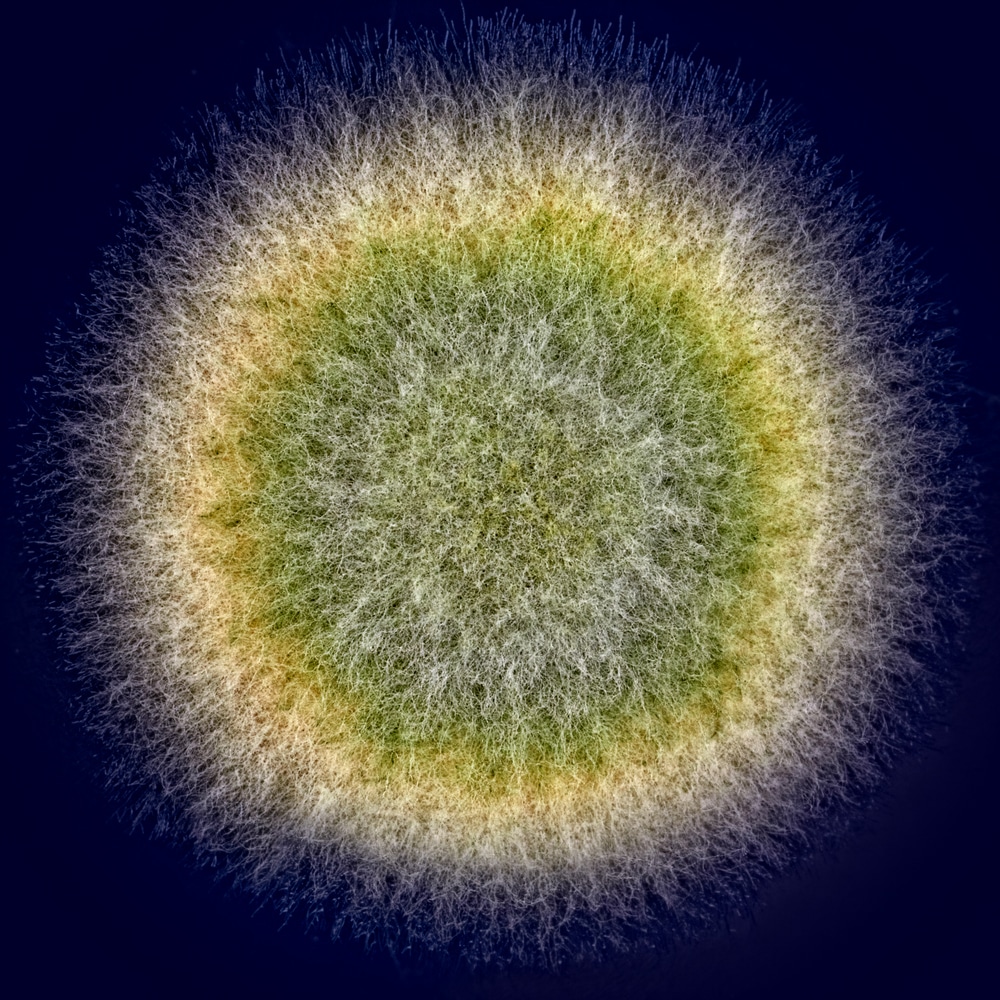
What Does Mold Look Like?
From a scientific standpoint, molds are made up of masses of thread like cells called hyphae. These hyphae grow into long intertwining strings that form the main body of the fungus. It is this mass that is visible to the human eye.
The structures of mold vary widely. Different types of mold have different shapes and textures. Mold can be slimy, cottony, or powdery in texture and grow in a variety of patterns.
Where Does Mold Grow?
Mold is everywhere. Mold spores can be found both indoors and outdoors. Mold can grow on just about anything. You can find mold in every room in your house. There is no shortage of bathroom mold, kitchen mold, mold in the attic, mold in crawlspaces, mold in the basement, mold in cars, mold in washing machines, mold in the air conditioner, mold in ductwork, and more. You name it, mold can grow there.
Need More Information About The Basics Of Mold? Check Out My Mold 101 Posts Here!
Let's Learn More About Mold!
Common Types Of Mold (Indoor and Outdoor)
How many types of mold are there? What are the different types of mold in homes? What are the dangerous types of mold? These questions and more are answered here!
What Color Is Mold?
What does mold look like? What color is mold? What color of mold is the most dangerous? We cover the rainbow that is mold plus pictures to help guide you.
What Does Mold Smell Like?
What does indoor mold smell like? Sweet? Musty? Does mold smell like urine? Come learn what house mold smells like as well as if the smell of mold is harmful.
Mold Vs. Mildew
Mold vs. Mildew. Is mildew the same as mold? How do you know if its mold or mildew & which is worse? Learn the difference between mildew and mold in this simple guide.
The Ultimate Guide To Mycotoxins and What Makes Mold Toxic
The definitive guide to mycotoxins. Learn what they are, which mold produce mycotoxins, what mycotoxins do to humans, and if there is a mycotoxin test.
Active Mold vs. Inactive Mold
Do you know the difference between active mold and inactive mold? Is there such a thing as dead mold? Come learn more about the different types of mold.
Biofilm and Mold
Biofilm - it's everywhere. But what's mold got to do with it? Biofilm and mold go hand in hand. Come learn how to remove biofilm and prevent mold growth.
7 Things You Don’t Know About Mold (But Probably Should)
7 things you don’t know about mold but probably should! These are definitely going to surprise you. Check out these little known mold facts now!
Mold Inspection & Mold Inspector Basics - What You Need To Know & Why
Do you need a mold inspection? Find out what happens during a mold inspection, the average cost, & how to find a mold inspector.
Does Homeowner’s Insurance Cover Mold?
Does homeowner's insurance cover mold? The answer isn't as simple as you might think. Learn when and how mold and water damaged is covered and how to submit a claim properly.
Mold In The Workplace
Mold isn't just an issue inside your home. It can be found in almost any type of workplace. Do you know your employee rights as it related to mold in the workplace?
Do You Know Where You Are Exposed To Mold?
The things inside your house can harbor mold growth. Learn what household items are most susceptible to mold and places where you are being exposed to mold.
Pin This Page For Later
